Tax and the DIY shoot
Many shoots on farms and estates, with just a modest number of shoot days taken by family and friends, will be run as DIY…
Win CENS ProFlex DX5 earplugs worth £1,149 – enter here
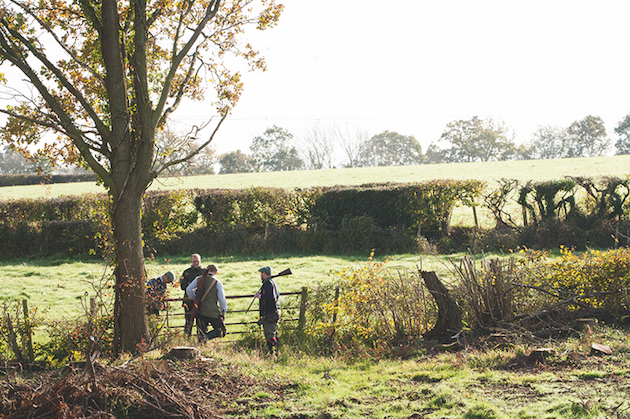 General scene on the shoot
General scene on the shoot
Starting a little DIY shoot can be great fun and very rewarding. In fact, it is the DIY shoot that is bringing some ‘fresh air’ to shooting.
Basically you and your shooting companions should get moderate driven shooting at a reasonable cost. Of course, while the idea is simple, putting it into practice is a little more complicated.
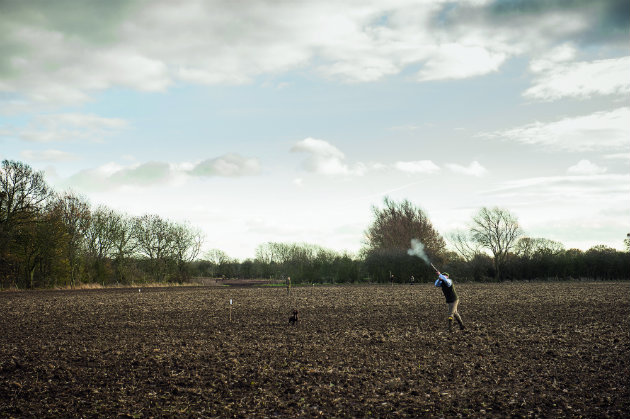
Each member needs to be able to co-operate willingly when running a DIY shoot. Before agreeing to get involved, would-be members should be realistic about the time and energy they will need to put in, as well as the financial input.
A DIY shoot team leader, one with organisational skills and the drive to put them into practice and to inspire fellow Guns, is essential, as is the presence of one or more members who are prepared to ensure that the released poults are fed, watered and generally looked after.
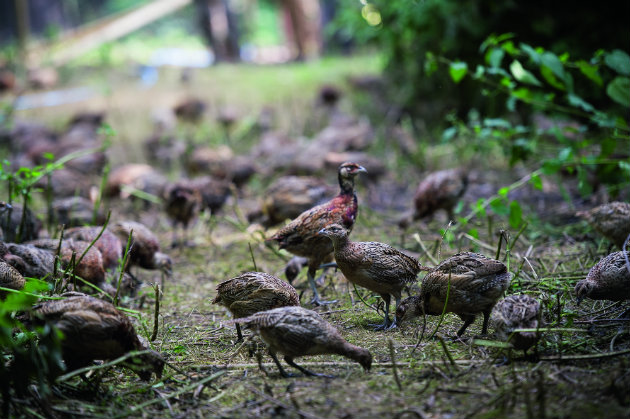
Members of the DIY shoot will be prepared to ensure that the released poults are fed, watered and looked after
Members of the shoot should know that without a full-time paid gamekeeper, the initial groundwork to create the shoot is their responsibility. Work parties must be organised to build release pens, rides cut and cleared, covercrops sown and maintained, feed points organised and pests such as rats, squirrels and corvids kept under control.
The size of the shoot will, of course, vary according to its location and what is available. It may be no more than 100 or 200 acres, or perhaps 1,000, but whatever the size the principles remain the same.
Once a friendly farmer has offered support and a financial arrangement has been agreed with, it is to be hoped, a substantial lease. then the real work begins!
The modest DIY shoot in which I am involved incorporates two small adjacent farms with a total of around 400 acres. We have numerous substantial hedges and two woods, in one of which a release pen large enough to cope with 350 poults has been sited. Initially, we had to clear the ground, remove a number of small trees and ensure that the perimeter where the wire would be placed was clear of obstacles. Fortunately, a nearby stream offers a source of water for the birds in the pen but it is essential to ensure that water is readily available and that containers are kept clean and topped up.
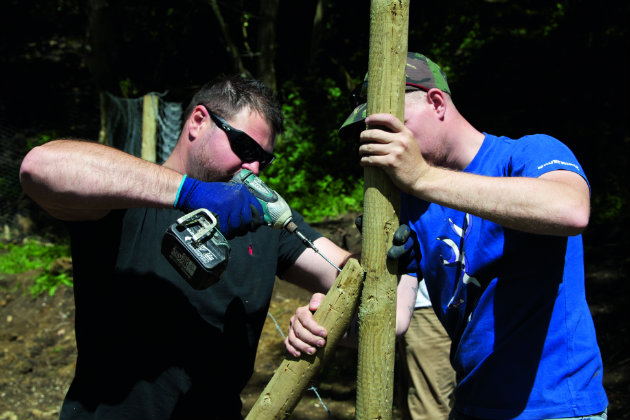
Building a release pen with 2m posts set about 3m or 4m apart
Your release pen, or pens, will require tanalised (pressure treated) posts 2m high and set 3m to 4m apart, with wire netting for the base of the pen and plastic netting on the top section. two strands of taut wire, one at the top of the poles and the other halfway up, will act as supports for the netting. In addition, you will need a suitably sited gate with hinges and latches. on our shoot, we have installed six anti-fox grilles in the fence with wire wings to guide the birds.
Initially, we bought 20 metal cans to act as feeders. These had removable lids and, using a chisel, we punched two holes in the base of each one. Set under the shelters these feeders worked quite well, but we discovered that if they were placed in the open, the rain and damp quickly clogged the holes with balled-up pellets. We eventually invested in plastic feeders on wooden tripod legs with spirals and plastic trays. these have proved excellent.
If you have deer, you can stop them knocking over feeders by protecting them with wooden posts held together with wire and tied firmly to a tree if possible.
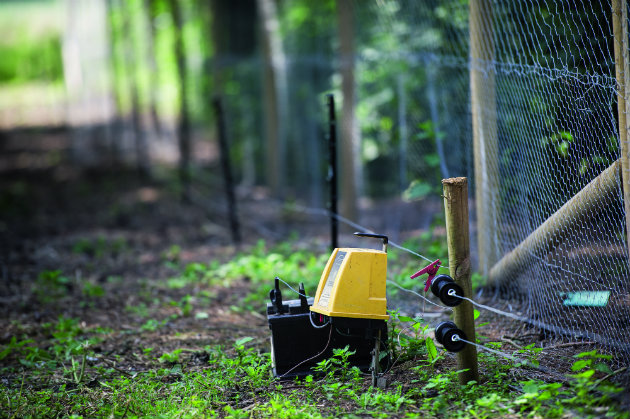
You will need to check electric fencing regularly.
A two-strand electric wire from a 12-volt battery to deter foxes is essential and effective. however, the wire must be regularly checked to make sure that it has not been shorted by a falling branch and the battery will need to be replaced at intervals. as far as buzzards are concerned, we suffered some initial losses in the first year when the poults were released, but we have found that plastic bags hung from branches in and around the pen seem to deter them.
If you can — and our small DIY syndicate found this to be invaluable — try to obtain the assistance of an expert, such as a local gamekeeper, to assist with the erection of the release pen. he will know all the shortcuts, and where to obtain materials, and this will save you time and money in the long run. We had the assistance of such an expert and, four years later, the pen is still in excellent shape.
Covercrops will almost certainly be required and you will need to site them to create drives in themselves or to provide flushing points for birds. here, again, advice from an expert will be invaluable, as will thoughts on the type of crop. We have used a combination of maize and kale with reasonable success, and if you can include a mixture that will also assist small farmland birds through the winter months, so much the better.
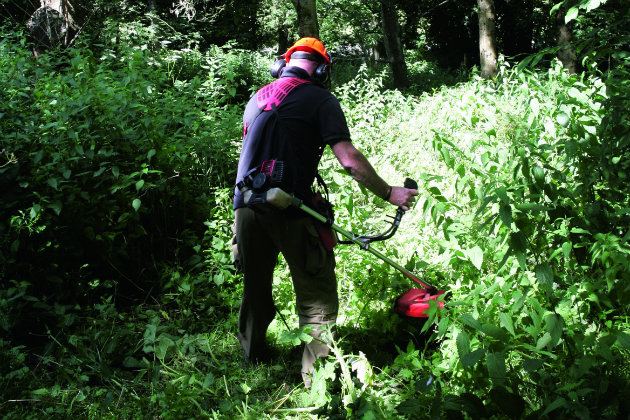
Rides must be cut and cleared so that the birds have space and light
As far as cultivating the ground and sowing, your farmer landlord will be able to offer assistance. he will, in any case, need to be consulted on suitable and available areas where the crop can be sown. If there is livestock, such as cattle or sheep, you will need to protect the crop with fencing and strong wire. We also install a metal farm gate so that our farmer can bring his tractor in at the end of the shooting season to clear the ground.
Virtually every DIY shoot will buy in poults. Bought from a reliable gamefarm, eight-week-old poults, costing between £3 or £4 each, will save time and trouble. Let a professional invest the time and the financial outlay required to rear from day-olds. Do not be tempted to purchase ex- layers. They might appear to be cheaper, but may also be carrying disease and will not be as healthy as well-reared poults.
Don’t forget, when costing the shoot outlay that you will require starter pellets formulated for pheasants when the poults first arrive, followed by wheat when the birds go to wood. We have found that by slowly introducing wheat to the pellets when the birds are about 12 weeks old, they quickly adapt to the corn in the outside world.
How much is a gun in a DIY shoot likely to cost? This naturally varies according to the size of the shoot, the outgoings and the sport on offer. It may range from £500 for the season to treble that amount, but you can be certain that it will be considerably cheaper than buying a Gun in a syndicate or a series of days on commercial shoots.
In addition, there will be an enormous sense of satisfaction in the knowledge that through hard work and companionship, there will be a steady acquisition of knowledge of the countryside, its wildlife and, not least, the hard work, job satisfaction and dedication that is the lot of the professional gamekeeper.
Many shoots on farms and estates, with just a modest number of shoot days taken by family and friends, will be run as DIY…
Before you take any steps to start on rearing gamebirds yourself you need to be aware of the key factors…
The Chilstone shoot was set up 12 years ago by Andrew Johnson, tenant of a Duchy of Cornwall farm at Madley, although he works full-time as a solicitor in nearby Hereford, with his wife Juliette managing the day-t0-day farming business.
Andrew has lived on the farm since he was a child. There wasn’t an established shoot then. “We did a bit of rabbiting and pest control around the place but that was it.”
“I always had it in the back of my mind to set up a shoot though. Just over 13 years ago I was down in West Somerset on Boxing Day, staying with my in-laws, and met David Kenyon, who lives at Crowcombe Court (which hosted the Woodcock Club in 2017) who was working for BASC at the time.
“I told him what I’d been thinking about, discussed the land I had available and he was really helpful, giving me some valuable advice. I’d say to anyone thinking of setting up – go and talk to somebody at BASC or one of the game organisations – ask them questions and see what they have to say. My advice would be to speak to someone really knowledgeable about shooting. Tell them about the geography of your ground and see what they suggest.”
The Chilstone shoot covers 22 acres of woodland and 400 acres of farmland. There are 6-7 drives on it and a regular 6-8 beaters.
Says Andrew: “I got back from Somerset, got together with two other friends and we built two pens and bought 600 poults. We alternate the pens to avoid disease.
“The quarry now is largely pheasant. We had a few partridge but they disappeared! Sometimes we get wild duck and teal. We’ve seen a few woodcock but we leave them be.”
Shooting UK asked Andrew what for what he’s learned about running a DIY shoot day.
Get the latest news delivered direct to your door
Discover the ultimate companion for field sports enthusiasts with Shooting Times & Country Magazine, the UK’s leading weekly publication that has been at the forefront of shooting culture since 1882. Subscribers gain access to expert tips, comprehensive gear reviews, seasonal advice and a vibrant community of like-minded shooters.
Save on shop price when you subscribe with weekly issues featuring in-depth articles on gundog training, exclusive member offers and access to the digital back issue library. A Shooting Times & Country subscription is more than a magazine, don’t just read about the countryside; immerse yourself in its most authoritative and engaging publication.

